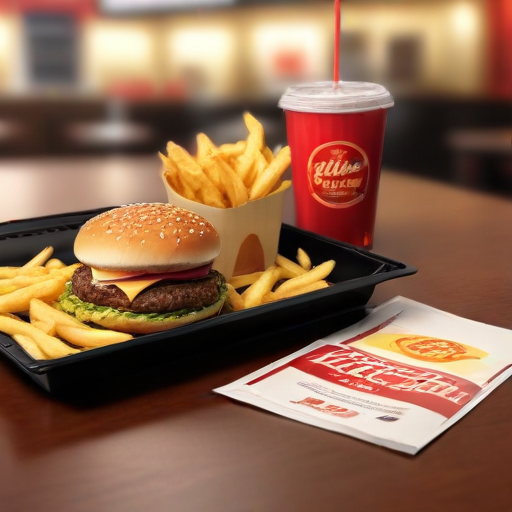McDonald’s is launching a $5 meal deal that may generate only a modest profit margin of between 1% and 5%, roughly translating to earnings of $0.05 to $0.25 for each combo sold. Restaurant analyst Mark Kalinowski highlights this initiative as a strategy to attract inflation-weary customers back to the fast-food chain, with the hope that once they enter, they will purchase additional items beyond the discounted meal.
However, the profitability of this deal hinges on various factors, including ingredient costs, labor, and overhead expenses. Arlene Spiegel, president of Arlene Spiegel & Associates, classified the offer as more promotional rather than truly profitable. She emphasized that while the $5 offering aims to draw diners in, franchise owners, who make up approximately 95% of McDonald’s restaurants, may not experience direct financial benefits. These owners are responsible for managing their own pricing structures and a slew of additional costs such as rent, insurance, and taxes.
Even though McDonald’s franchisees use promotional deals like this to alleviate overhead expenses, the meal deal is primarily designed as a “loss leader,” attracting customers to the chain. Once all associated costs like labor, packaging, and marketing are considered, many franchise owners may find that their profit margins are nearly eliminated.
This move could be viewed positively in light of the current economic climate. By introducing affordable meal options, McDonald’s not only addresses consumer needs but also aims to foster customer loyalty and repeat visits, which ultimately benefits the brand in the long run. The strategy reflects a broader trend in the restaurant industry, where businesses are innovatively finding ways to balance affordability for consumers with sustainable operations.
